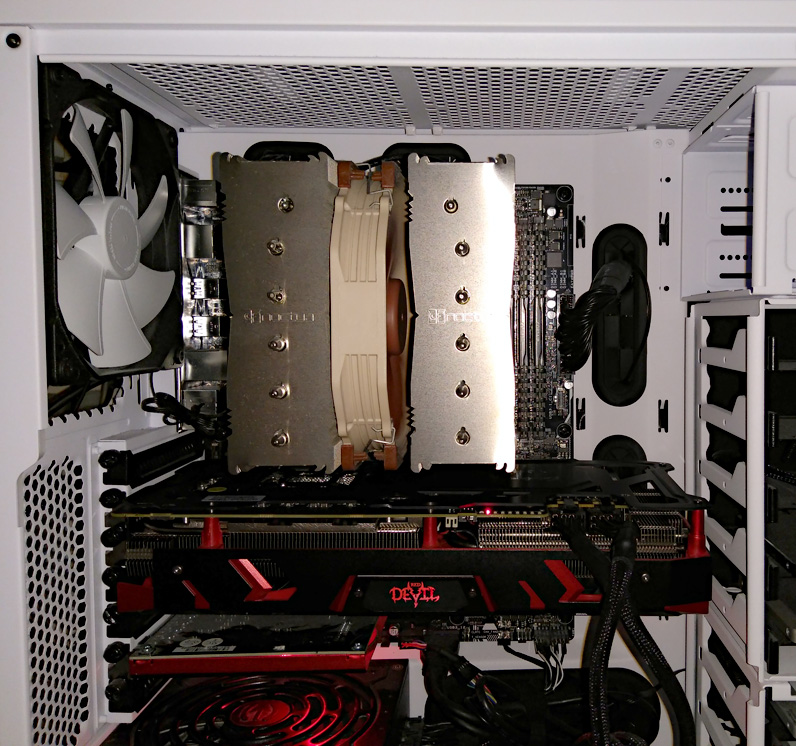In case you didnt know, Vega’s can pull double-duty in XMR-Stak. You should be seeing somewhere around 4KH/s between the two RX64’s after adding additional threads in the AMD config file found in the XMR folder.
Your config probably looks something like this:
“gpu_threads_conf” : [
// gpu: gfx901 memory:3920
// compute units: 64
{ “index” : 0,
“intensity” : 1964, “worksize” : 8,
“affine_to_cpu” : false, “strided_index” : 1, “mem_chunk” : 2,
“comp_mode” : true
},
// gpu: gfx901 memory:3920
// compute units: 64
{ “index” : 1,
“intensity” : 1964, “worksize” : 8,
“affine_to_cpu” : false, “strided_index” : 1, “mem_chunk” : 2,
“comp_mode” : true
},
],
You want it to look something like this
“gpu_threads_conf” : [
// gpu: gfx901 memory:3920
// compute units: 64
{ “index” : 0,
“intensity” : 1964, “worksize” : 8,
“affine_to_cpu” : false, “strided_index” : 1, “mem_chunk” : 2,
“comp_mode” : true
},
{ “index” : 0,
“intensity” : 1964, “worksize” : 8,
“affine_to_cpu” : false, “strided_index” : 1, “mem_chunk” : 2,
“comp_mode” : true
},
// gpu: gfx901 memory:3920
// compute units: 64
{ “index” : 1,
“intensity” : 1964, “worksize” : 8,
“affine_to_cpu” : false, “strided_index” : 1, “mem_chunk” : 2,
“comp_mode” : true
},
{ “index” : 1,
“intensity” : 1964, “worksize” : 8,
“affine_to_cpu” : false, “strided_index” : 1, “mem_chunk” : 2,
“comp_mode” : true
},
],
Single threaded performance will take a hit; but sum of additional threads should yield you +1400H/s
Edit: I should caution you about increasing the intensity value beyond 1800 with any card you actually use as a display. You’ll end up corrupting the VRAM, causing OS instability




